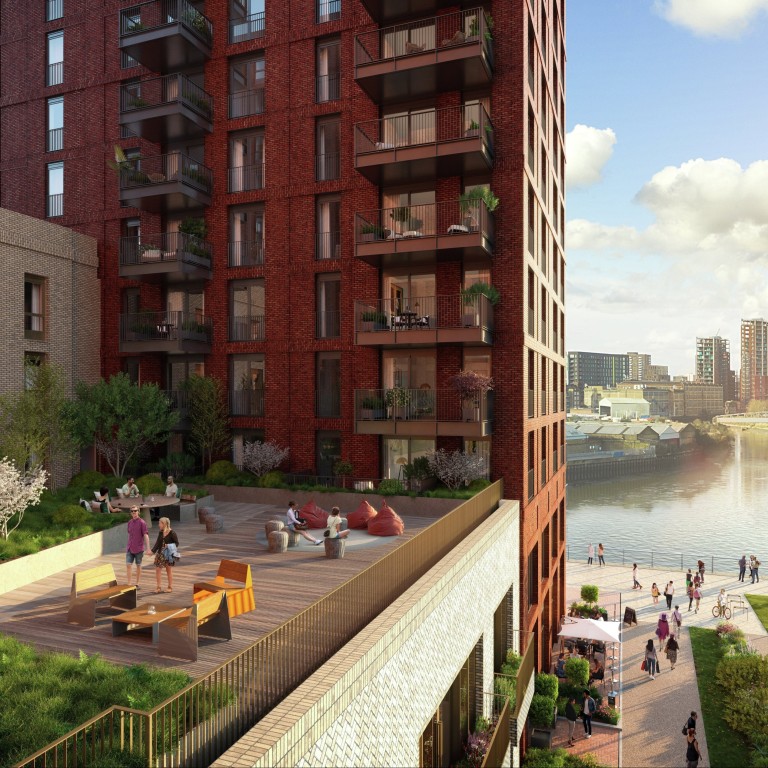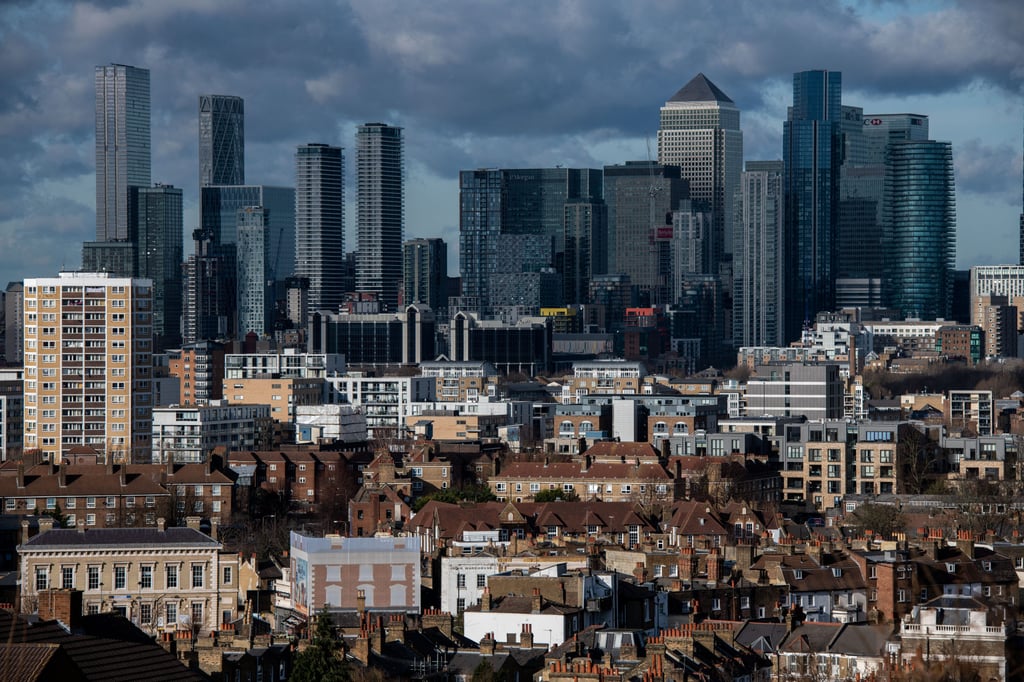Why millennials are moving into co-living creative hubs in London: inside the property trends regenerating Thameside’s hip Canary Wharf and Greenwich neighbourhoods

- Bordering Upper Riverside in Greenwich Peninsula, creative enclave Design District was conceived by design icons Tom Dixon, Design Haus Liberty and Studio Ashby
- Other hipster-friendly co-living, co-working developments include The Denizen in The Culture Mile, Poplar Riverside and 8 Harbord Square near Canary Wharf
For London’s creative talents, the lines between living and work spaces have always been blurred.
Artists and musicians were the first to find inspiration by immersing themselves in a cohort, but the take-off of co-working, co-living spaces globally has cast the net wider. This has spawned the emergence of creative hubs around London and the UK, enabling people to work, live and socialise within a like-minded community.
According to the British Council, which last year identified 316 creative hubs across the country, the model makes a difference to their communities in a multitude of ways, delivering social, cultural and economic values well aligned with a number of United Nations Sustainable Development Goals, including good health and well-being.
Justine Simons, London’s deputy mayor for culture and the creative industries, agrees, observing that creative space “brings life and vibrancy to London, it’s part of its DNA”.
Research by Creative Land Trust, in collaboration with Get Living and Creative Estuary, also suggests there is a financial value to the benefits that creative industries bring to residential areas. House price data over a 10-year time frame suggests the presence of a creative workspace has added 4.4 per cent per annum to residential property values, with such homes outperforming the wider London residential market by a total of
44 per cent over the decade.

The report finds the outperformance in residential values is comparable to the local economic effect associated with such factors as large-scale urban regeneration, green or blue spaces, or popular schools.
Knight Dragon, developer of the Design District at Greenwich Peninsula, London’s first permanent hub for the creative industry, has become a beacon for creatives since its opening in September 2021.
“Encompassing individual makers, ambitious start-ups, groundbreaking enterprises and industry leaders, the district brings together like-minded people with a passion for design, arts and culture,” said Kerri Sibson, sales and marketing director at Knight Dragon.
“Now a thriving new destination, the series of courtyards, pathways and public spaces within the Design District has encouraged relationships to form and businesses to flourish, as well as providing exciting, unique amenities for local residents and new spaces to connect and engage.”
Bordering Upper Riverside – the latest design-led residential address to complete on Greenwich Peninsula – residents enjoy a prime position, with these creatives as next-door neighbours. The collection of studios and one-, two- and three-bedroom flats, lofts and penthouses are arranged across five glass prism-shaped towers, all enjoying views across the city and beyond. Each of the buildings has been designed by a different British design icon, including Tom Dixon, Design Haus Liberty and Studio Ashby.